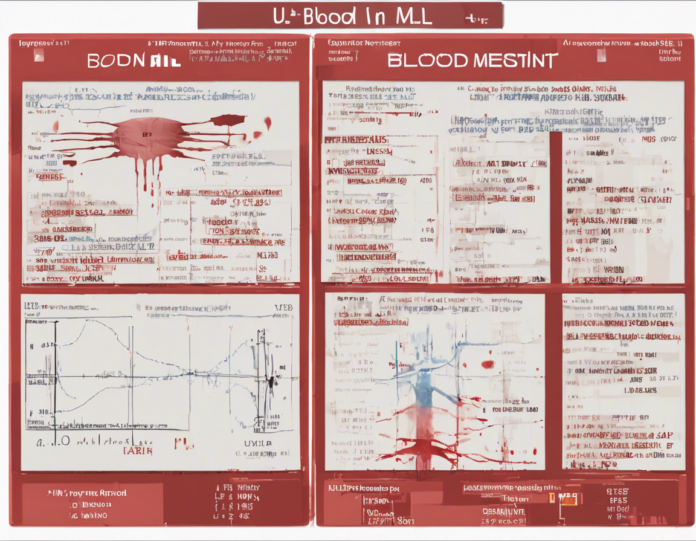Introduction:
Transfusions of blood and blood components are common medical procedures used to treat various conditions, including trauma, surgery, anemia, and certain diseases. When discussing blood transfusions, it is essential to understand the measurements and quantities involved. One common question that arises is how many milliliters (mL) are in one unit of blood. This article will delve into this question and provide a comprehensive overview of blood transfusions and related measurements.
Understanding Blood Transfusions:
Before exploring the volume of one unit of blood, it is crucial to understand the components of blood and how it is typically transfused. Blood is composed of various elements, including red blood cells, white blood cells, platelets, and plasma. When a patient receives a blood transfusion, they typically receive specific components based on their medical needs.
One Unit of Blood:
In the context of blood transfusions, a unit of blood typically refers to one unit of packed red blood cells (PRBCs). A unit of PRBCs is approximately 250-300 milliliters in volume. However, it is important to note that the exact volume can vary slightly based on the processing methods used by different blood banks and healthcare facilities.
Calculating Blood Transfusion Volumes:
When a patient requires a blood transfusion, the volume of blood or blood components needed is calculated based on several factors, including the patient’s weight, hemoglobin levels, and the clinical indication for the transfusion. In general, a single unit of PRBCs is administered to increase the patient’s hemoglobin levels by approximately 1 gram per deciliter.
Factors Affecting Blood Transfusion Volumes:
Several factors can influence the volume of blood or blood components needed for a transfusion. These factors include the patient’s current hemoglobin levels, the severity of their condition, and whether they have any underlying medical conditions that may affect blood volume or composition.
Importance of Accurate Measurements:
Ensuring the accurate measurement and administration of blood products is crucial in healthcare settings to prevent complications such as transfusion reactions, volume overload, or mismatches. Healthcare providers follow specific protocols and guidelines to verify the correct type and volume of blood components for each patient.
FAQs:
1. What is the difference between whole blood and packed red blood cells (PRBCs)?
– Whole blood contains all the components of blood, including red blood cells, white blood cells, platelets, and plasma, while PRBCs are specifically concentrated red blood cells.
2. How long does a unit of blood last after donation?
– Typically, whole blood can be stored for up to 42 days, while PRBCs have a shelf life of around 35-42 days.
3. Can I donate blood if I am on certain medications?
– The eligibility to donate blood while on medications varies. It is best to consult with blood donation centers or healthcare providers for specific guidelines.
4. Can blood transfusions be avoided in certain medical conditions?
– In some cases, alternatives to blood transfusions, such as medications or volume expanders, may be considered based on the patient’s condition and preferences.
5. Are there any risks associated with blood transfusions?
– While blood transfusions are generally safe, there are risks of allergic reactions, transfusion-related infections, and transfusion errors. Healthcare providers carefully monitor patients during transfusions to mitigate these risks.
Conclusion:
Understanding the volume of one unit of blood and the factors influencing blood transfusion volumes is critical in the medical field. By ensuring accurate measurements and adherence to protocols, healthcare providers can safely administer blood transfusions to patients in need. Continuous advancements in transfusion medicine and hematology further enhance the quality and safety of blood transfusion practices.









